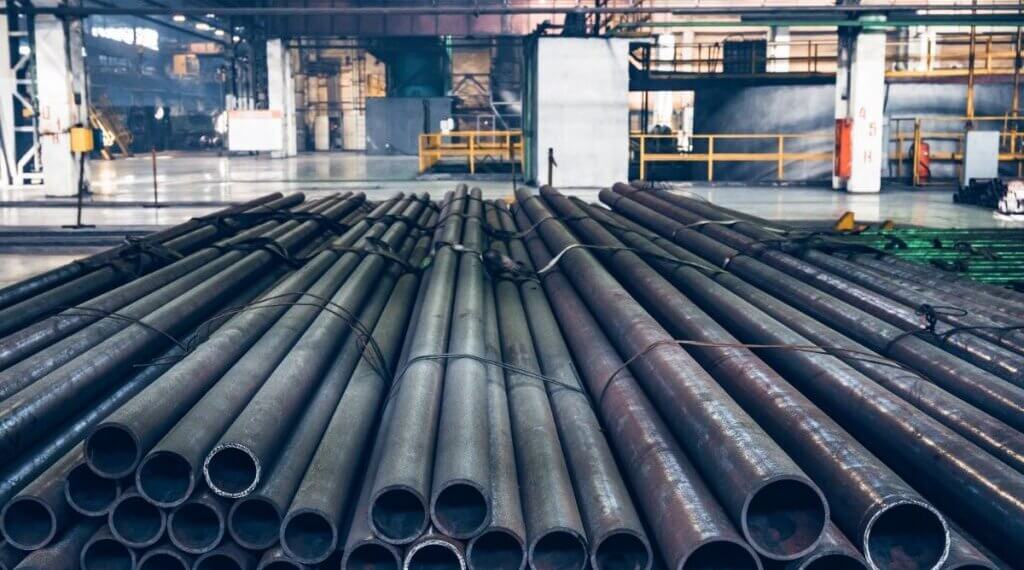The U.S. has raised steel and aluminum import tariffs to 50% because President Donald Trump wants trading partners to present their “best offers” to prevent additional levies. The new executive order signed on Tuesday increased trade tensions and specifically harmed Canadian aluminum exports to the U.S. because they exceed the combined total of all other top 10 exporting nations.
White House economic adviser Kevin Hassett explained at a steel industry conference in Washington that the 25% tariff proved effective yet not enough to meet the current needs. He declared that the initial 25% tariffs were insufficient so the administration decided to increase them.
The U.S. maintains the original 25% tariff rate for British imports because of a temporary trade agreement during a 90-day tariff freeze on additional products. The U.S. depends on Canada and Mexico for a significant portion of its steel and aluminum imports because these countries represent its main sources of these metals.
The Canadian Prime Minister Mark Carney’s office confirmed that Ottawa maintains active diplomatic efforts to eliminate the tariffs but Mexico’s Economy Minister Marcelo Ebrard described these measures as both unsustainable and unfair.
EU trade negotiator Maros Sefcovic reported a “productive and constructive discussion” with U.S. Trade Representative Jamieson Greer during their meeting in Paris on Wednesday but failed to disclose additional information. The EU representative Maros Sefcovic had planned to advocate for either tariff reductions or complete elimination of the tariffs.
The U.S. President Trump has increased the steel and aluminum tariffs to 50% from their original 2018 levels which creates new challenges for international trade relationships and may lead to price changes in imported steel and aluminum products used by U.S. manufacturers and consumers.










